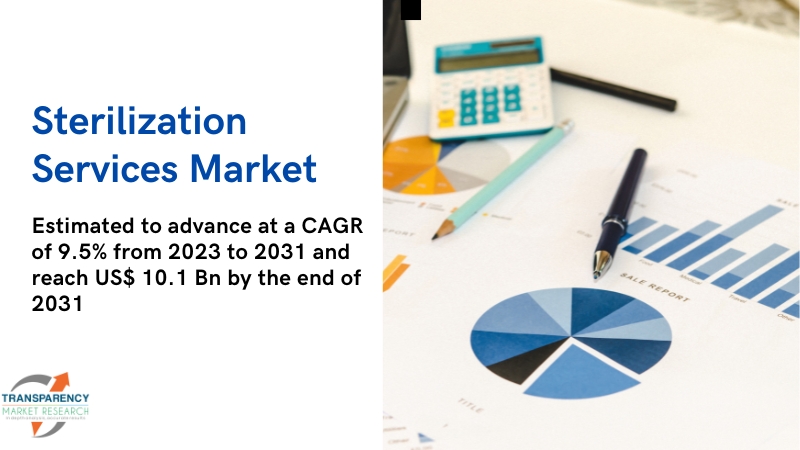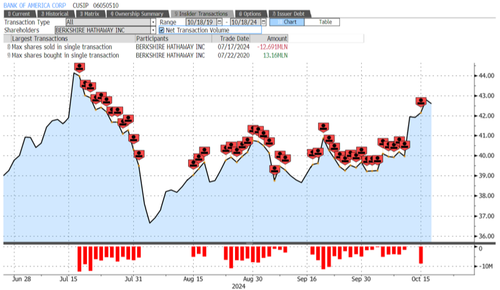
Maximusnd/iStock via Getty Images Market Review: Balancing Act Notwithstanding the (seasonally affected) early-year bump in the long and winding road towards its long-run target level, measured inflation moderated in the second quarter to fall back in line with the broader trend observed over the past twelve months. Both core CPI and core PCE - the latter being the Federal Reserve's (Fed's) preferred measure of inflation in the U.S.
economy - fell on a year-over-year basis to levels not seen since 2021, clearly indicating some degree of success on the Fed's part after launching the most aggressive hiking cycle in decades. Indeed, the quarter closed with core PCE coming in at 2.6% annually, breaking through the 2.
8% year-end floor projected by the Fed at its June Federal Open Market Committee (FOMC) meeting. Despite this progress, Fed officials continued to push back on expectations by preaching patience, emphasizing data dependency, and cautioning against easing policy too soon, for fear of reigniting inflationary pressures. With this, the prospect of a potential rate hike gained traction in April and caused an early-quarter surge in U.
S. Treasury yields that was unable to be fully reversed by bond-friendly data releases in May and June, ultimately resulting in the 2-Year yield ( US2Y ) up 14 basis points (bps) over the period while the 10- ( US10Y ) and 30-Year ( US30Y ) increased 20 and 21 bps, respectively. Though inflation and the timing of rate cuts have drawn the most attention, the other side of the Fed's mandate, employment, has quietly weakened in the background.
Commonly referred to as "out of balance" by Fed Chair Jerome Powell throughout this cycle, the labor market has faded demonstrably in recent months with unemployment up over 50 bps from cycle lows to 4.0% and job openings, a key measure of labor demand, at the lowest level in three years. Further, wage gains - a hallmark of pandemic-related dislocations in labor markets as workers voluntarily left jobs for better pay - have slowed, with the voluntary quits rate falling along with it.
Such developments heighten the risks of monetary policy decisions; what was once a tighten- at-all-costs approach to combat inflation and restore balance to the labor market is now a much more nuanced proposition given the rise in unemployment with inflation not yet at target levels. Equity markets seemed unfazed by the potential downside en route to a 4.3% gain in the second quarter, bringing the year- to-date advance to 15.
3% by the S&P 500 Index. ( SP500 , SPX ) However, these gains have been largely driven by the top cohort of names in the Index, with the equal-weighted version down 2.6%, perhaps painting a more realistic picture of current conditions.
Fixed income returns were more subdued, with the Bloomberg U.S. Aggregate Bond Index up just 0.
1% in the quarter, though the near 50 bps increase in U.S. Treasury yields across the curve from start of year levels dragged the asset class to a 0.
7% year-to- date loss. Equity-like enthusiasm carried over into the corporate sector, however, as the high yield cohort notched a 1.1% gain for the quarter and led fixed income sectors on a duration-adjusted basis.
Meanwhile, investment grade yield spreads reached new cycle-lows of 80 bps over Treasuries before softening somewhat to end the quarter at 88 bps, which combined with their longer duration profiles to drive a loss of 0.1% in the higher rate environment. In securitized markets, asset-backed securities (ABS) led with a 1.
0% advance on continued strong new issue sponsorship, followed by commercial mortgage-backed securities ('CMBS') with a 0.7% gain as private label issues continued their run of strong performance. Finally, in residential MBS, the non-agency sector rode the tailwinds of sustained demand, limited net issuance and resilient home prices, while elevated yields and rate volatility weighed on agency MBS which produced total returns of just 0.
1%. Performance The MetWest Intermediate Bond Fund I-Class ( MUTF: MWIIX , "Fund") gained 0.46% (net of fees) during the second quarter of 2024, while the Bloomberg Intermediate Government/Credit Index ("Index") gained 0.
64%. Duration positioning of the Fund was longer than the Index throughout the quarter, which benefitted relative performance in May and June as rates declined but was a significant headwind in April amid the reset higher in yields, which led to a small negative impact for the quarter. Similarly, the overweight to agency MBS was rewarded in May and June when yields moved lower, though the allocation resulted in a sizable drag during the first month of the quarter amid elevated rate volatility.
Meanwhile, modest contributions came from positioning among securitized credit. Issue selection in ABS focused largely on government guaranteed student loan collateral and higher quality CLOs. Floating rate student loan receivables performed well, outpacing duration-matched Treasuries by more than 30 bps during the quarter, while CLOs benefitted from strong market technicals as demand continued to outweigh supply.
CMBS holdings were also additive as single asset single borrower deals held in the Fund modestly outpaced Index conduit CMBS. Off-Index exposure to non-agency MBS added to relative performance as demand for yield and strong credit fundamentals - ongoing home price appreciation, declining loan-to-value ratios - supported prices in the sector. Away from securitized sectors, the Fund remained underweight corporate credit, which resulted in a headwind in April and May as yields premiums continued to decline and prices moved higher, though we took this opportunity to further trim positioning, particularly among banks and European corporates that had moved above what we believe is fair value.
The increased underweight benefitted relative returns in June as the sector underperformed, delivering a small contribution for the quarter from corporate positioning. Issue selection within corporates - specifically consumer non-cyclicals - benefitted relative returns, along with the emphasis on life insurance names which also performed well, although selections among cable satellite, capital goods, and consumer cyclicals were a headwind. Outlook & Positioning A turn of the calendar from June to July marks the two-year anniversary of the U.
S. Treasury yield curve's inversion and one year since the Fed last raised rates. And while some may argue that the avoidance of an immediate slowdown (i.
e., negative GDP) in the face of such milestones indicates some newfound immunity to restrictive policy, mounting stress at the consumer and corporate level instead suggests that this time is likely no different, even if the total effects have yet to fully materialize. Recent delinquency data reveals that prime borrowers are beginning to suffer along with lower income consumers as the impacts of higher prices, higher rates, and tighter credit conditions take their toll.
Meanwhile, many corporations have underperformed earnings expectations and reduced forward guidance, citing increased consumer frugality as one of the primary reasons. After multiple quarters of companies passing higher prices through to end-users, it is becoming increasingly clear that pricing power is subsiding, leaving capex or headcount reductions the primary means to protect margins - all of which portend negative impulses to economic growth. This potential stress, coupled with the Fed's resolute commitment to avoiding a 1970s style stagflation, increases the likelihood that it keeps rates too high for too long, ultimately compounding what is an already evident uptick in unemployment.
Such an environment is expected to elicit a more forceful and abrupt shift in monetary policy than what is currently priced into markets, likely resulting in a sharp steepening of the yield curve as the Fed moves to support the economy and fulfill the other side of its dual mandate. With expectations for normalization in both the level and term structure of interest rates, the duration position ended the quarter 0.8 years long versus the Index, with a continued emphasis on front-end and intermediate yields.
Sector positioning is informed by a recognition that valuations in certain markets do not reflect the prospective risks of a slowing economy. This is particularly true in the corporate markets, where yield premiums remain near the lowest levels experienced since the Global Financial Crisis. As such, the Fund remains underweight corporate credit overall, with existing positions more defensive in nature via higher quality exposures and an emphasis on industries that typically better withstand cyclical volatility like communications, non-cyclicals, and those not closely tied to consumer discretionary spending.
Unlike corporate markets, securitized sectors provide more attractive opportunities given better risk compensation and more favorable outlooks, especially agency MBS. The risk-adjusted return potential is supported by very attractive yield premiums (relative to the sector's history and versus other high-quality segments of the market) and favorable fundamentals including abundant liquidity and limited credit risk given the government guarantee, while the return of overseas and bank demand join increased money manager flows to further support the sector. Non-agency MBS also exhibits attractive yields and solid fundamentals given years of amortization and house price appreciation that has built up substantial equity in the underlying properties, which incentivizes homeowners to remain current and helps insulate bondholders from potential losses.
Meanwhile, CMBS represents a small and targeted allocation, focused on deals backed by trophy property collateral and/or strong, experienced sponsors that can withstand prospective volatility in the sector. Finally, ABS positions similarly reflect targeted allocations given the challenges weaker structures or those backed by unsecured collateral are likely to face in a slowing economy, with FFELP student loans and senior CLO tranches comprising the bulk of the exposure. Original Post Editor's Note: The summary bullets for this article were chosen by Seeking Alpha editors.
.














